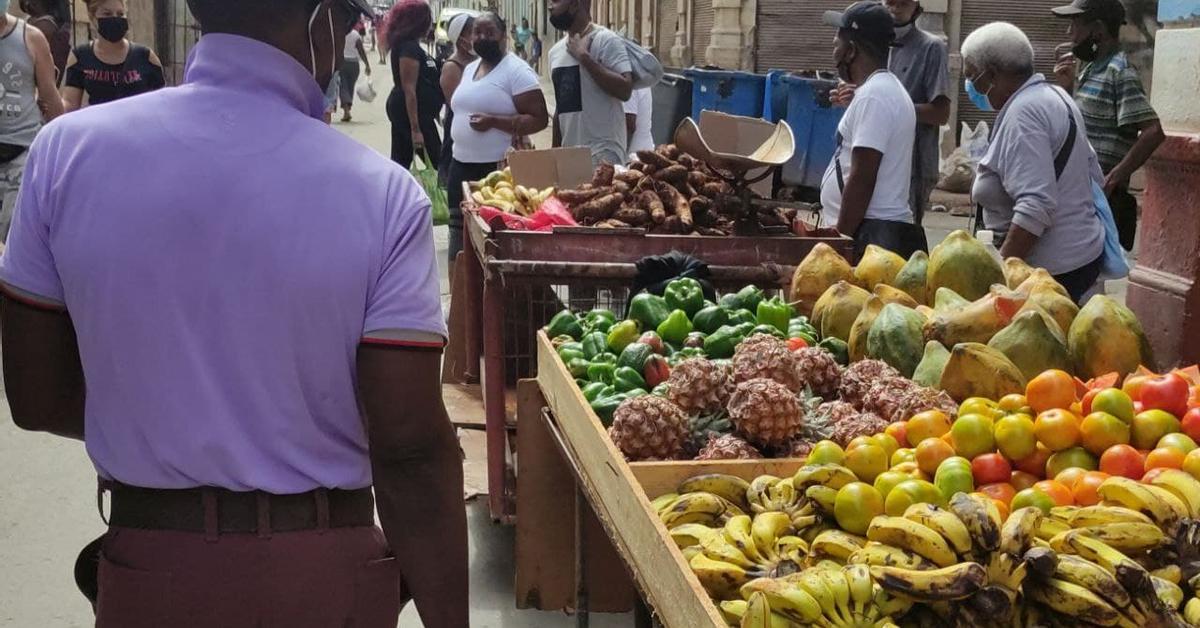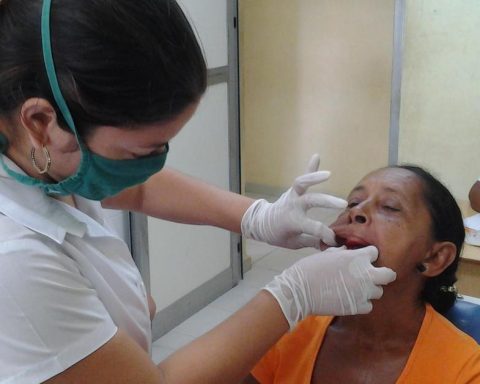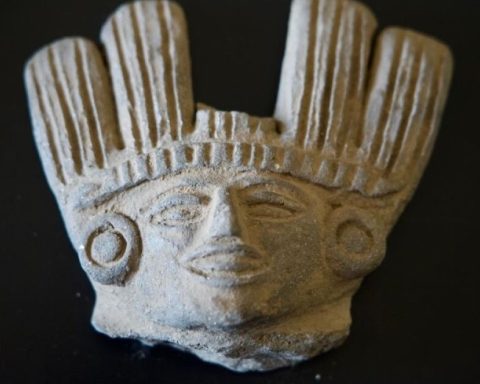Madrid/The agricultural data from the 2023 yearbook, published this Tuesday a year late, reflect a dramatic situation whose real extent will only be known when the Cuban authorities dare to release the numbers for 2024. For the moment, the indicators of the immense Most products confirm that the Island is going through an unstoppable food crisis.
This is demonstrated, fundamentally, by the abrupt drop in pig numbers, which in just one year went from 2,677,000 heads in 2019 to only 116,500. In October 2023, the Minister of Agriculture had already revealed a sharp decrease (92%) in the tons of animal meat produced on the Island, and estimated the reproductive mass at 35,892 heads in 2022, compared to 96,200 in 2018, a loss of 60,308 animals . The current data from the yearbook is surprising because of its abruptness. According to the table, in 2020 there were 1,120,700 heads; in 2021, 1,075,500 and in 2022, 1,456,200, so in just one year, according to official statistics, 93.2% of the pig herd was lost.
Among the most anticipated data was that of the harvest, but once again we will have to be left without knowing. The document does not include Azcuba data from the 2022-2023 harvest, much less those from the last completed one, 2023-2024. The most recent reports from the press The official figure was 1.2 million tons for 2021 and, since then, the numbers had to be calculated using available references. Today we know that the 2021-2022 period closed with only 700,000 tons and, from there, we enter another void.
The document does not include Azcuba data from the 2022-2023 harvest, much less those from the last completed one, 2023-2024.
The table dedicated to sugar does not attract attention, knowing the complete ruin that the once star industry of the Island has become, although it is dizzying to see the data year after year, which show a painful evolution from the almost eight million produced in 1990. –of which 6.5 corresponded to the state sector and 1.5 to the private sector– to the very poor amount that tops off the list and reveals an almost total abandonment of production by the State: 10,000 tons compared to 690,000 in the private sector.
It is not a secret, and it is revealed again in the 2023 yearbook, that the privileged socialist state company, classified by the Government as the main subject of the economy, is highly inefficient when it comes to food. It is clear again in the comparative table offered in the agricultural yearbook. The private sector produces 92% of fruits, 87% of citrus fruits, 83% of beans, 82% of bananas and root vegetables, 81% of tubers and 67% of rice, the only main production. in which the State rears its head and, even so, remains at 32%.
All this, taking into account that the ownership of the land continues to be mainly owned by the State, which has three times the agricultural area, although this data is very outdated, since it corresponds to 2017. 68% of landowners are tenants, compared to 24% of landowners and 8% of “dispersed” farmers. Tenants represent only 0.3%, a very low figure taking into account the amount of idle land that the State owns, the majority in Camagüey, which also has a huge amount of uncultivated land (not in vain is it the most largest of the Cuban provinces).
By crop, all experienced drops in the last five years, the most visible being those of bananas, from 1,036,176 tons to 438,125; or cereals, from 702,147 to 208,685. Among them, rice stands out, one of the basic products in the daily diet of Cubans, which went from 426,228 tons to just 58,766.
Some other products also stand out, such as fruit in general (283,950 tons in 2019 to 86,605 in 2023) or onion (from 71,557 to 13,686), taro (167,202 to 89,445) and grapefruit (22,987 to 1,840), just to name a few. some examples. Furthermore, it is striking that even the most pampered agricultural product, to which some resources are specifically allocated, such as fuel, does not cushion the declines either: tobacco decreased from 28,584 tons by half, with 12,248 in five years.
Not a single farm product improved its data compared in recent years, and livestock farming fared even worse, as has already been mentioned. But other products of animal origin suffer the same fate, such as milk, one of the most promised to the Cuban population since the beginning of the Revolution. Production fell from 512,000 tons in 2019 to 230,800 in 2023, which is surprising to no one if one takes into account that the bovine herd went from 312,900 heads to 217,000 poorly fed, as seen in the performance graph, where it is observed that it fell from 1,636 kilos per milking cow per year to 1,064.
The same occurs with heads of cattle for delivery, which went from 475,000 to 299,700 and, as has already been mentioned on previous occasions, poultry, which dropped sharply from 35,356 to only 5,589. In detail, reductions of almost 50% are also observed in both layers, replacements and breeders, a catastrophe that leaves its mark on the eggs, of course. Total production fell from 196,020,000 to 94,410,000.
Pedro Monreal certified that Cuba is facing a “major food security crisis” and recalled that the reality is even worse
The fish shipwrecks for another year, leaving very poor figures for a country with its fishing fleet in smithereens. The total went from 45,654 tons to 26,239 in five years, and there is only one product that is sustained, the snapper, and one that is growing slightly, the grouper, from only 27 to 32 tons, ridiculous quantities but they are almost the only section in increase of the 36 pages of report, along with the also modest growth of the carp. The most pampered products of the sea did not fare better, and lobster went from 3,278 tons to 2,625, while shrimp fell from 672 to 426 and, in its broadest sense, shrimp farming fell from 6,656 tons to only 931 last year. anus.
Finally, another of the exportable items most cared for by the authorities leaves another curious fact. The number of hives has grown in the last five years, from 204,900 to 231,400. However, both honey (9.9 tons to 6.7) and total wax (148.2 to 114) fell visibly.
With these figures, the economist Pedro Monreal certified that Cuba is facing a “major food security crisis” and recalled that the reality is even worse, since the authorities declared in October 2024 that that year the worsening was even greater.
















